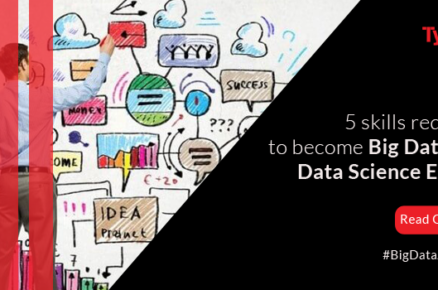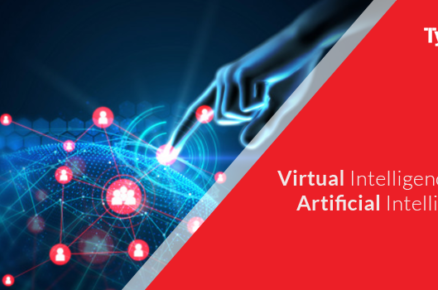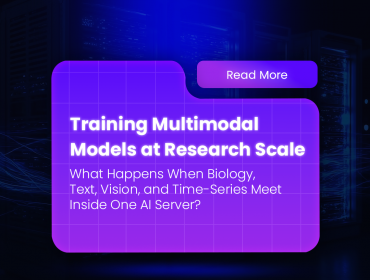The idea of an intelligent, independently learning machine has fascinated humans for decades. Machine Learning and the Internet of Things are huge buzzwords right now, and they’re both near the peak of the hype cycle. The above quote came somewhat jokingly from an investor, but it has some truth to it too.
Rapid developments in hardware, software, and communication technologies have allowed the emergence of Internet-connected sensory devices that provide observation and data measurement from the physical world. By 2020, it is estimated that the total number of Internet-connected devices being used will be between 25 and 50 billion. As the numbers grow and technologies become more mature, the volume of data published will increase. Internet-connected devices technology, referred to as the Internet of Things (IoT), continues to extend the current Internet by providing connectivity and interaction between the physical and cyber worlds. In addition to increased volume, the IoT generates Big Data characterized by velocity in terms of time and location dependency, with a variety of multiple modalities and varying data quality. Intelligent processing and analysis of this Big Data is the key to developing smart IoT applications. This article assesses the different machine learning methods that deal with the challenges in IoT data by considering smart cities as the main use case. The key contribution of this study is a presentation of a taxonomy of machine learning algorithms explaining how different techniques are applied to the data in order to extract higher level information. The potential and challenges of machine learning for IoT data analytics will also be discussed. A use case of applying Support Vector Machine (SVM) on Aarhus Smart City traffic data is presented for a more detailed exploration.
Data Analytics vs. Machine Learning
Traditional data analysis is great at explaining data. You can generate reports or models of what happened in the past or of what are happening today, drawing useful insights to apply to the organization.
Data analytics can help quantify and track goals, enable smarter decision making, and then provide the means for measuring success over time.
Why Machine Learning Is Important?
The data models that are typical of traditional data analytics are often static and of limited use in addressing fast-changing and unstructured data. When it comes to IoT, it’s often necessary to identify correlations between dozens of sensor inputs and external factors that are rapidly producing millions of data points.
While traditional data analysis would need a model built on past data and expert opinion to establish a relationship between the variables, machine learning starts with the outcome variables (e.g. saving energy) and then automatically looks for predictor variables and their interactions.
In general, machine learning is valuable when you know what you want but you don’t know the important input variables to make that decision. So you give the machine learning algorithm the goal(s) and then it “learns” from the data which factors are important in achieving that goal.











